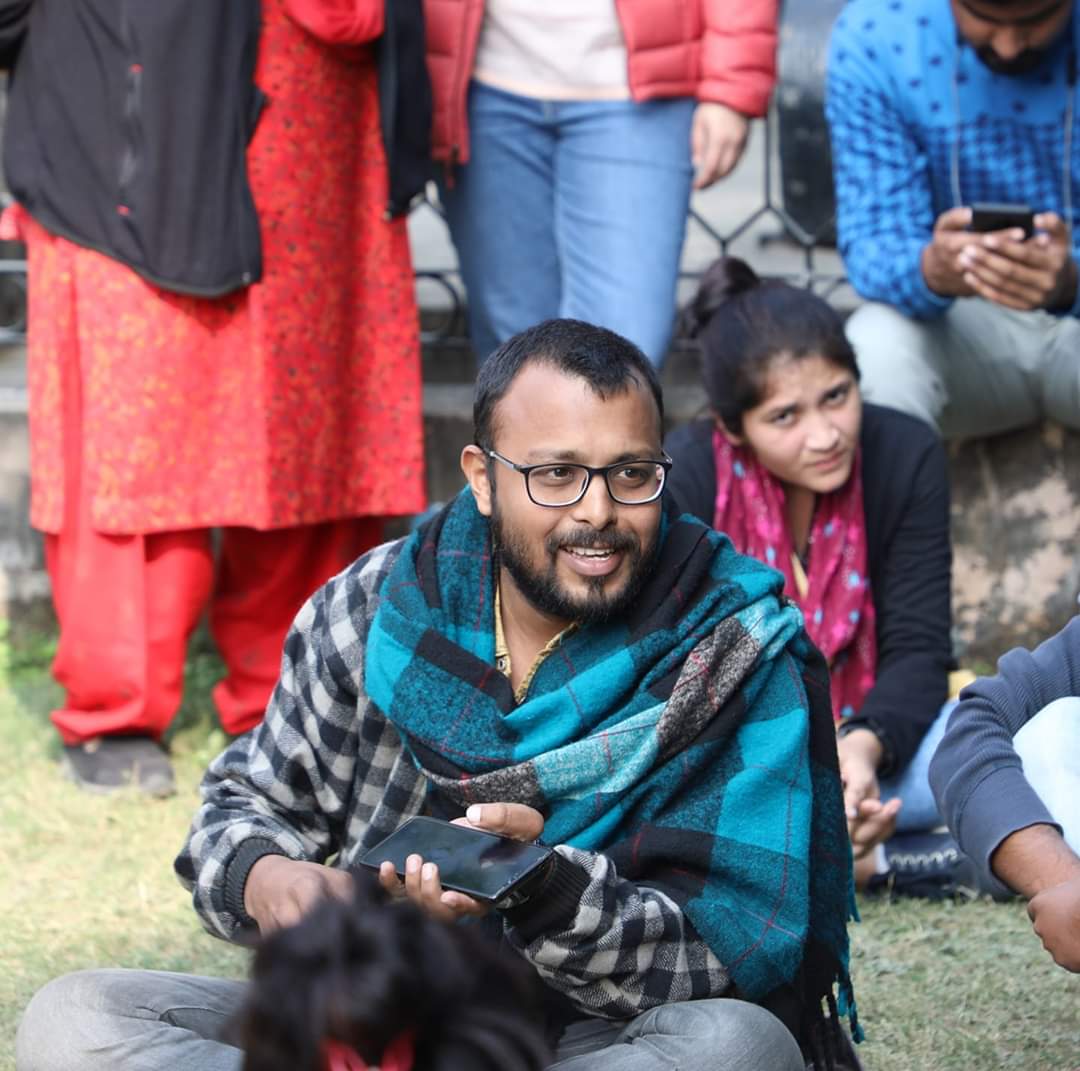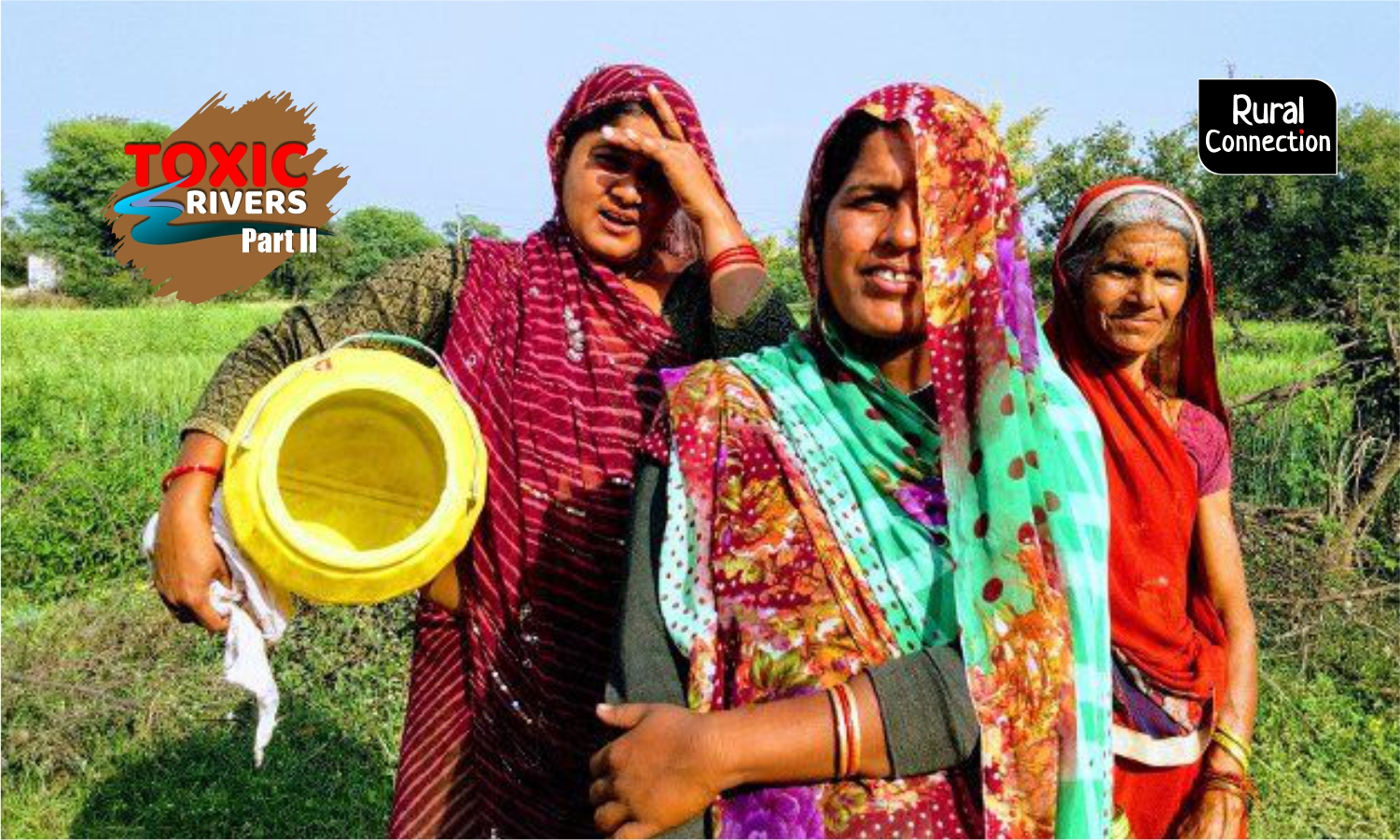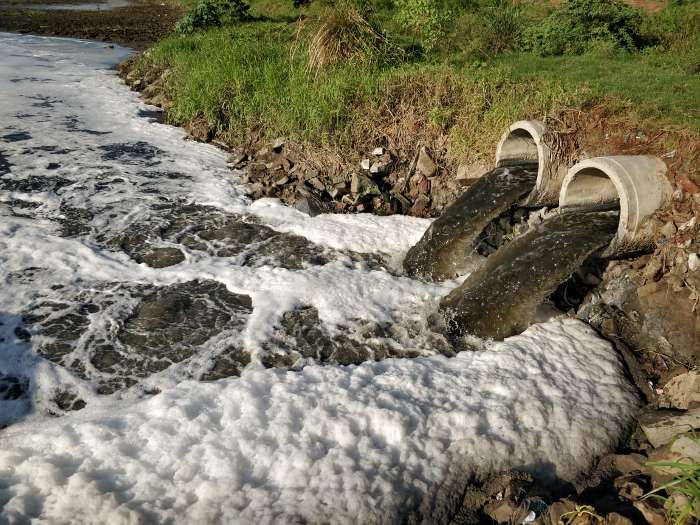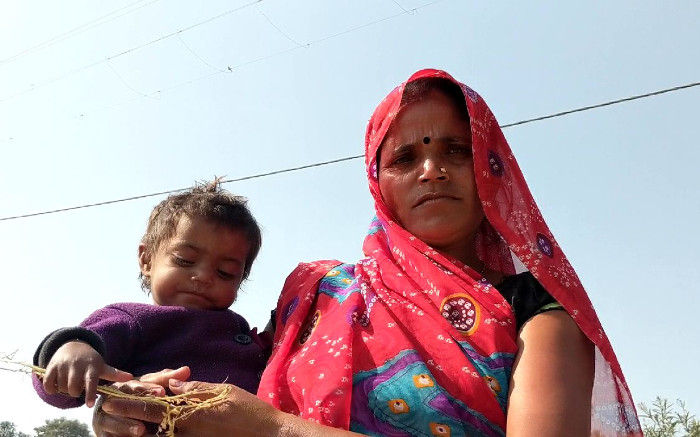“People living here are facing a big problem. They are unable to produce children”
The Hindon, Krishna and Kali rivers in Meerut, Baghpat, Shamli and Muzaffarnagar districts of Uttar Pradesh are extremely polluted, which is affecting the reproductive ability of people


Ashok (name changed) got married last year. He and his wife have been trying to have a baby since then but due to some reason, they have not been successful. Ashok believes river pollution to be a cause behind it. He says that the polluted water from the river first ruined the crops and then reduced fertility in farm animals and now is affecting man’s ability to reproduce.
The river of Ashok’s woes is Kali which flows through Western Uttar Pradesh. The Hindon, Krishna and Kali are the three rivers that flow through Western Uttar Pradesh’s Shamli, Muzaffarnagar, Meerut and Bagpat districts and are extremely polluted. The pollution from the rivers is affecting the village population living by these rivers. Previously it had caused various ailments such as skin disease, stomach problems, respiratory disorders and cancer and now is affecting the reproductive ability of men and women.
“The people living by these rivers are facing a huge problem today which is the inability to produce children. When we examine the patients, we find that firstly their specimens have low sperm count and secondly, their sperms’ DNA fragmentation is pretty high. It means that their sperms have bad DNA,” said Dr Sunil Jindal, fertility expert (male) of Meerut’s Jindal Hospital.

He added: “Sperm DNA is the most sensitive thing. Sperm cell’s protection or cytoplasm is very limited so the sperms are easily affected by any toxin. The river pollution is also affecting the sperms. The people whose sperm count is normal are also not able to reproduce because their sperms are no good. This is why several people living by the rivers go childless. The people from this belt are far more infertile than the people from other belts and also their sperms are defective.”
The Rural Connection team met Dharmendra Rathi, 46, the pradhan of Gangnauli village in Bagpat district. He elaborated on the difficulties faced by the childless couples of the village. Gangnauli village is situated by the Krishna river.
“The river pollution previously manifested itself in health issues like skin and stomach diseases but there has also been a rise in infertility in the past 4-5 years. So, now we know that the water from the river is also making people infertile,” said Rathi.
He added: “Every year, 10-15 weddings take place in the village, out of which, 50% couples have fertility issues. Many times, women face miscarriages within the first two months. Conceiving is difficult and even if someone conceives, the issue doesn’t persevere. This is all due to the polluted water.”

The incidences of infertility are not limited to the people living by the rivers of Western Uttar Pradesh. Currently, infertility has come up as a major issue. Low sperm count has numerous reasons and environmental pollution is one of them. People living by Tamil Nadu’s Noyyal river also face a situation similar to those living by Uttar Pradesh’s rivers. Here too, people suffer from the challenge of infertility.
Different media reports have informed that various dye and bleaching companies are releasing their wastewater in Tamil Nadu’s Noyyal river due to which the river has become highly polluted and is affecting everything from land to people. The media reports have clearly mentioned that the river water is making the people infertile.
Dr Nirmala Sadasivam, an IVF treatment specialist, who had investigated the matter of Noyyal river, informed Rural Connection: “Ten years ago, we had examined the people living by the Noyyal. Many cases of infertility were detected then. In 2009, during one of the medical camps in Karoor, 210 people were found to be struggling with fertility disorders. We also are noticing that most of the people living by the Noyyal, both men as well as women, are seeking fertility treatment.”
“Environmental pollution is a leading cause of infertility. So, it cannot be denied that the river pollution is affecting people too,” she added.
(Community journalist Mohit Saini contributed to this story)

